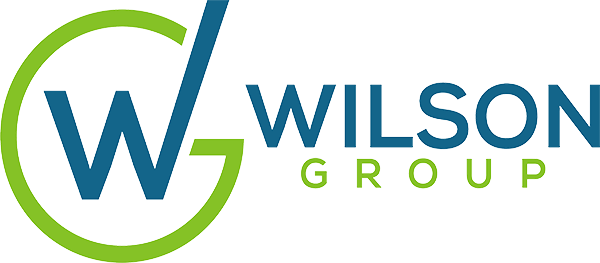While many organizations are freezing any planned hiring, and others have had to lay off or furlough employees, preparing your organization for when business returns to a post pandemic normal is an essential way for Human Resources to support the organization. In a WorldatWork survey conducted in April, 21% of respondents said they are planning reductions.
Human Resources professionals can help ensure that their organizations are able to ramp up and resume business effectively by helping management understand that the market for talent will not initially adjust dramatically up or down as a result of the pandemic. Market adjustments may take a year or more to adjust, and hot jobs in the post-pandemic era may likely look different than those prior to the pandemic.
Organizations should be cautious when thinking that the high unemployment rates will result in a decrease in overall wages. While many employers are having to furlough workers during this pandemic, it is thought that much of the long-term unemployment will be industry specific. Currently the hardest hit is the leisure and hospitality sector. In other words, not every sector will experience the same effects of this pandemic. Get to know your organization’s strategic business plan and consider how you can bring along your organization’s most important asset – its people.
Despite growing concern about what organizations will look like in the post pandemic normal, the fundamentals important to an effective Human Resource Management function will not change. Here are some suggested areas related to compensation within your human resources function that may need your attention:
- Job Descriptions – Complete a review of job descriptions and create a list of any missing or old descriptions. Job descriptions that have not been updated in the past two years may not reflect the current roles and responsibilities. Depending on the type of industry you are in, many job descriptions will need to now include the ability to work virtually and the added responsibilities that the post pandemic work environment may require of certain jobs.
- FLSA Exemption Status – Complete a review of FLSA exemptions and identify any jobs that may require additional classification work. FLSA status is best confirmed when a thorough job description is available for the review. The ability to work remotely is not a factor in moving a job from non-exempt to exempt.
- Career Pathways – Assess the talent needs of your organization, determine where there are sufficient career paths and where additional work is needed to ensure your organization can retain the best talent as it defines the post pandemic normal. Again, this is best assessed with the help of well written, updated job descriptions.
- Salary Structure – Determine if your salary structure is market competitive and consider what can be done to ensure it will allow your organization to retain, attract and motivate the workforce. Some questions to ask yourself: When was the last time the salary structure was adjusted to remain market competitive? How long has it been since we completed a full market assessment? How will this pandemic change the jobs we currently have in our organization? Will remote work enable you to hire outside of your normal locations and if so, how will that impact your salary ranges?
- Performance Reviews – Complete an assessment of the effectiveness of your organization’s performance review process. During this time when annual merit increases may be deferred, human resources can take the time to examine the current performance review process, make adjustments to increase the effectiveness of their performance review mechanism (forms, software, etc.), and determine where training may be needed to ensure management is effectively and fairly providing feedback in a timely manner. Consideration should be given to the type of evaluation that best fits your organization; top down evaluations, peer evaluations, and 360 evaluations.
While most of us are working virtually today, our organizations still need the support and guidance of Human Resources to ensure employee engagement and reduce burnout due to the stresses of this interim normal we find ourselves in. Be proactive in addressing those areas that will ensure a better work experience for your employees and will directionally align with the business strategy post pandemic.

